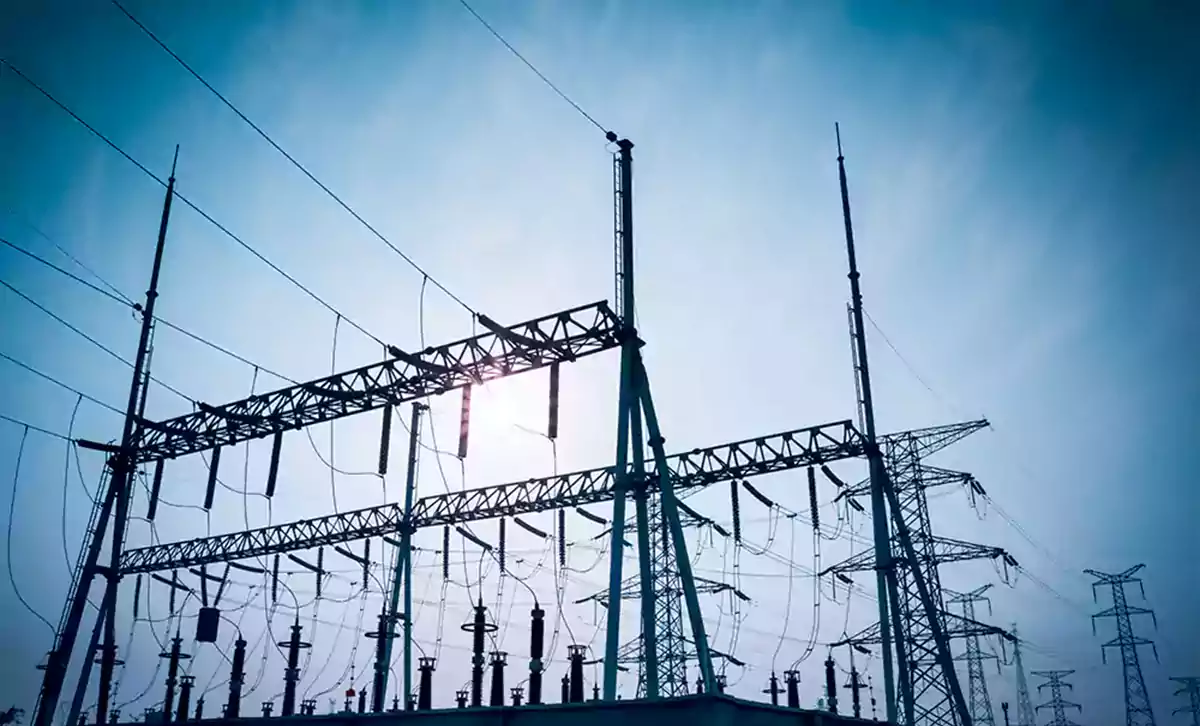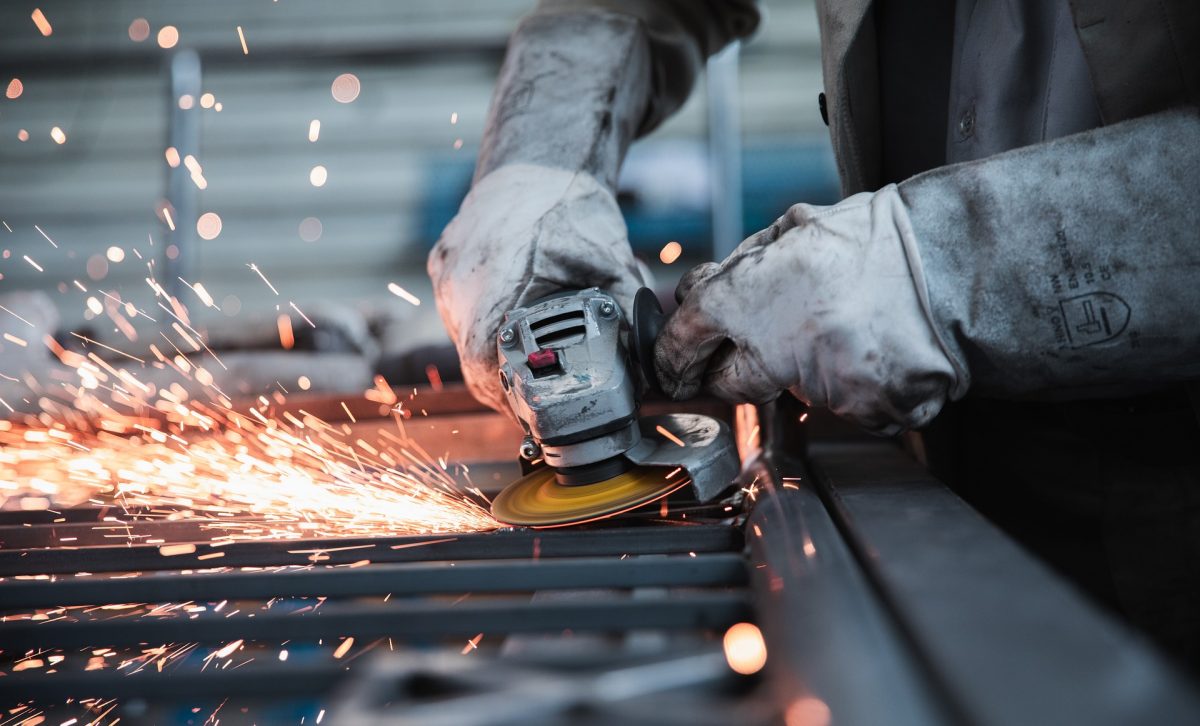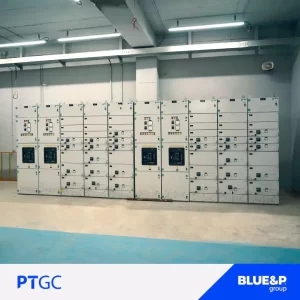It seems onerous to imagine a turbine taller than the height of the New York Statue of Liberty in the middle of the ocean; but for the future evolution of renewable energy, General Electric has proposed the notion of developing and building floating wind turbines in the oceans.
If this plan materializes, it will be one of the most advanced technologies in the World, and the question that may be on the mind is whether a floating wind turbine can survive healthy and efficient ocean events?
Designing a floating wind turbine with a capacity of 12 MW
As you know, two-thirds of the planet has water. Wind turbine design has offered for optimal use of this water level.
In the past, many attempts had made to use wind turbines at the ocean level, but large waves and wind, and storms have disrupted the implementation of the project but in the new design of floating turbines proposed by General Electric, the company’s idea is that, with advanced turbine controls with Glosten company, it can solve the problems of establishing and installing a floating turbine.
So far, General Electric has received a $ 3 million loan to build the project. Construction of these floating turbines has begun in 2020. The company has shown by simulation and modeling that this design is practical. But in terms of design and modeling experience, it is much easier than the practical implementation of turbines.
“Developing and building a wind turbine that can float in the turbulent waters of the ocean is like putting a bus on a polar ice cap and balancing it in wind and waves,” he said in an interview.
However, the design of floating turbines is not much different from offshore turbines, except for a floating platform that stabilizes turbines that fluctuate due to waves.
GE plans to install a 12-megawatt floating turbine platform in the ocean and use computers and sensors to control the platform to optimize and optimize wind efficiency.
General Electric’s design can determine the wind direction and this will be a benefit to the company.
Another company, SolarDuck, recently made a new plan to use free water energy. The company uses a triangular base of solar panels in a river in the Netherlands to generate solar energy.
But the design is applicable because of the slow flow of water; but in different geographical conditions where the magnitude and intensity of the wind are different, the design of General Electric is likely to be much more efficient. The company has raised platform-based that link to a region through adjustable tendons in the seabed. In this system, the wind is detected and the length depends on the intensity of the wind. In this case, the floating wind turbine system can continue to operate without changing its position in turbulent waves.
This design is being considered and implemented by General Electric, but only time determines how capable this design is by the waves and sea storms.








